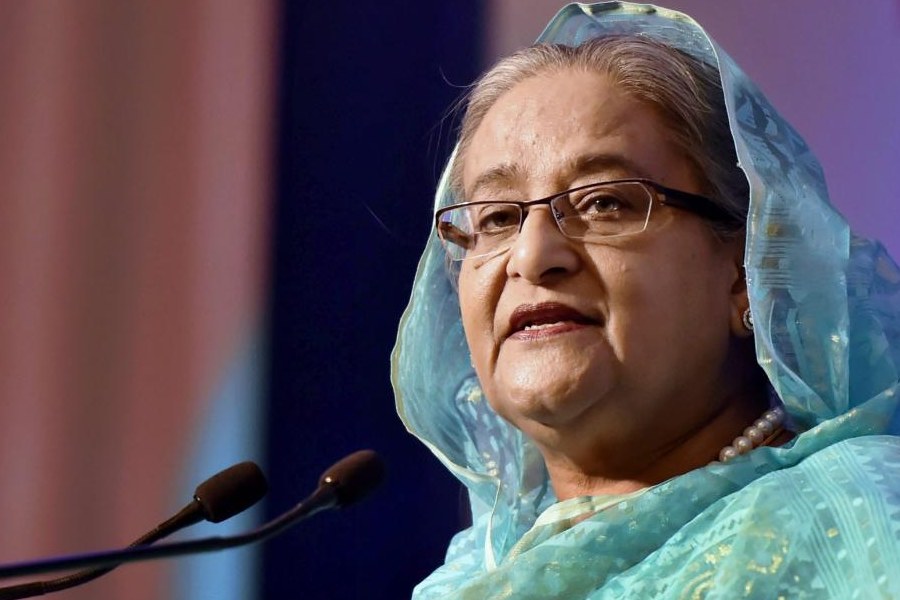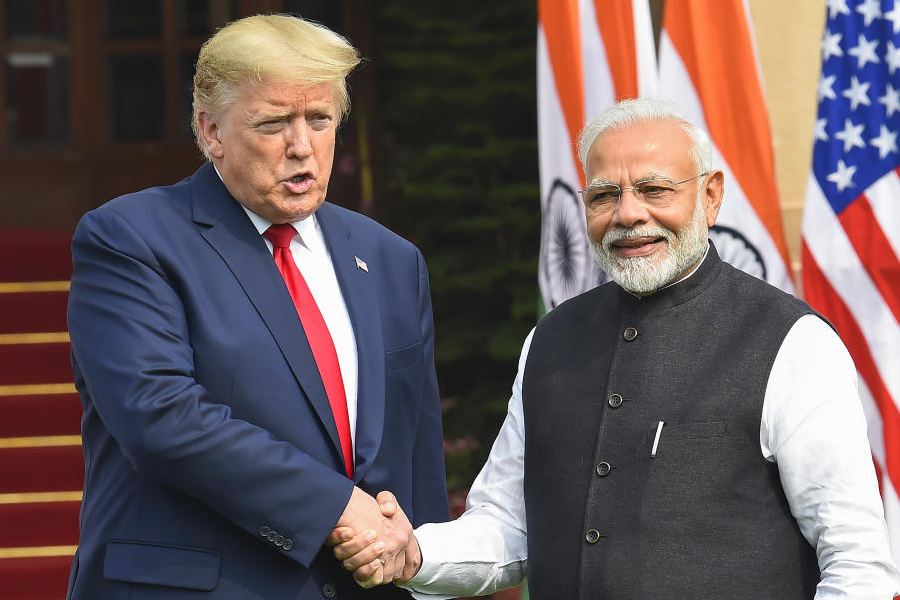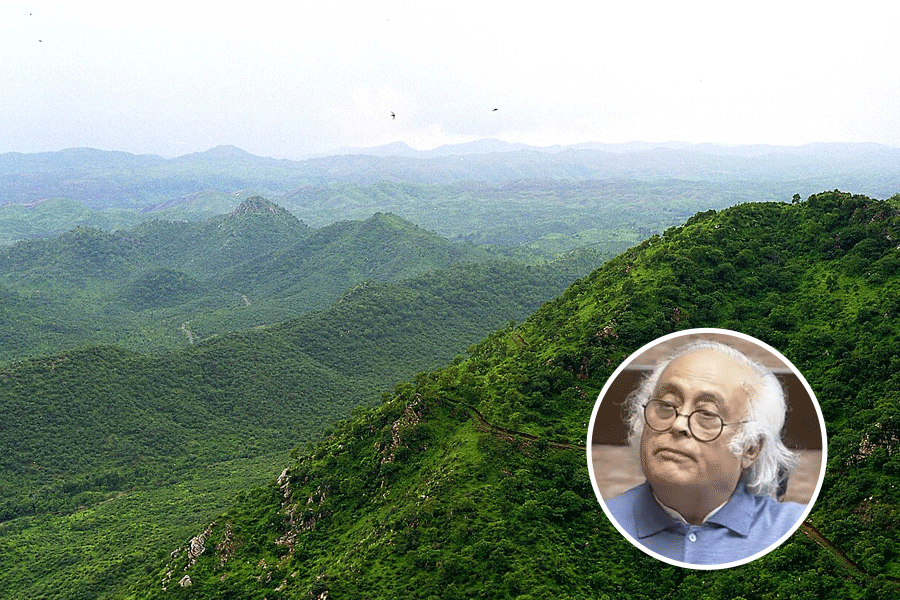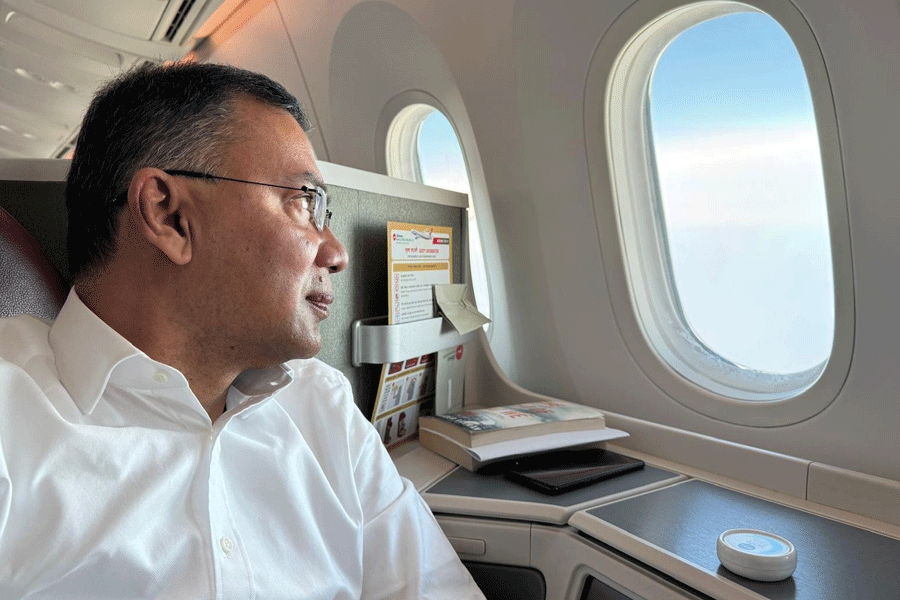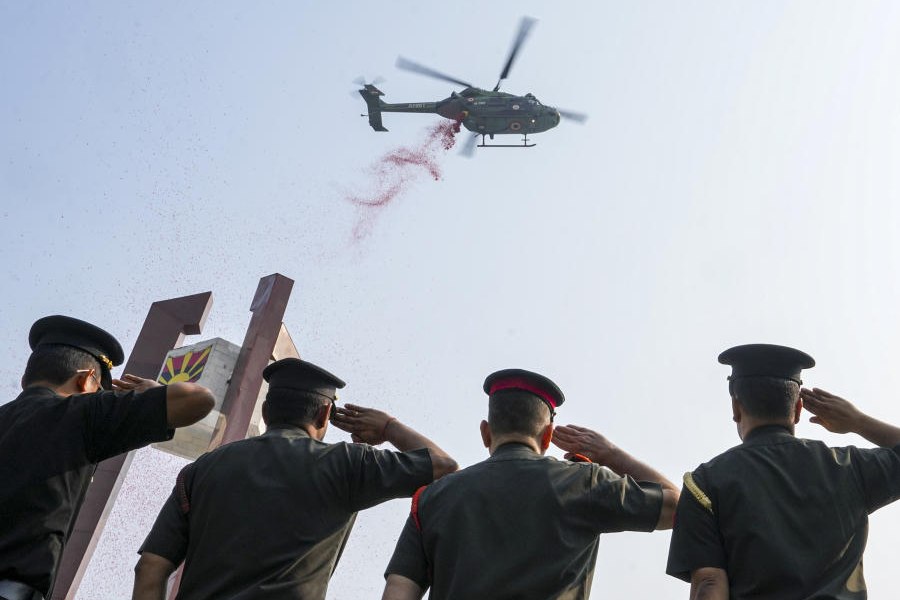As the sunset enveloped Kabul on a recent summer evening, two neighbours blurted out insults at each other over access to a rapidly vanishing resource: water.
"You come with four canisters and you cut the line," Aman Karimi hissed at a woman as he snatched a hose from her hands and filled his own buckets from a mosque's tap. "It's my turn, and it's my right."
Kabul is running dry, withered by scarcer rainfalls and snow melts and drained by unregulated wells. It has become so dry that its six million people could be without water by 2030 — and are now fighting about it.
Its water reserves are emptying nearly twice as quickly as they are getting replenished.
The Taliban administration, short of cash, has so far been unable to bring water from nearby dams and rivers to the choking city.
Now, Kabul risks becoming the first modern capital to be depleted of underground water reserves, the non-profit Mercy Corps warned in a recent report.
"We are increasingly fighting because water is like gold for us," Karimi said, as he pushed a wheelbarrow filled with 151 litres of water that his family of five would use for cooking, washing and drinking. Karimi, a tailor, said they recently moved into a new home because of skyrocketing housing prices, but the new one doesn't have running water.
Kabul, surrounded by snowy mountains and crossed by three rivers, had never been known as a dry city.
But while its population has grown roughly sixfold over the past 25 years, no decent water management system has been put in place to bring water from other sources or to regulate underground extraction from greenhouses, factories and residential buildings that are mushrooming across the city.
Water supply is a critical issue across Afghanistan. At least 700,000 Afghans are displaced every year because of climate change, primarily droughts, according to the United Nations.
One third of Afghanistan's 42 million people don't have access to clean drinking water.
New York Times News Service


